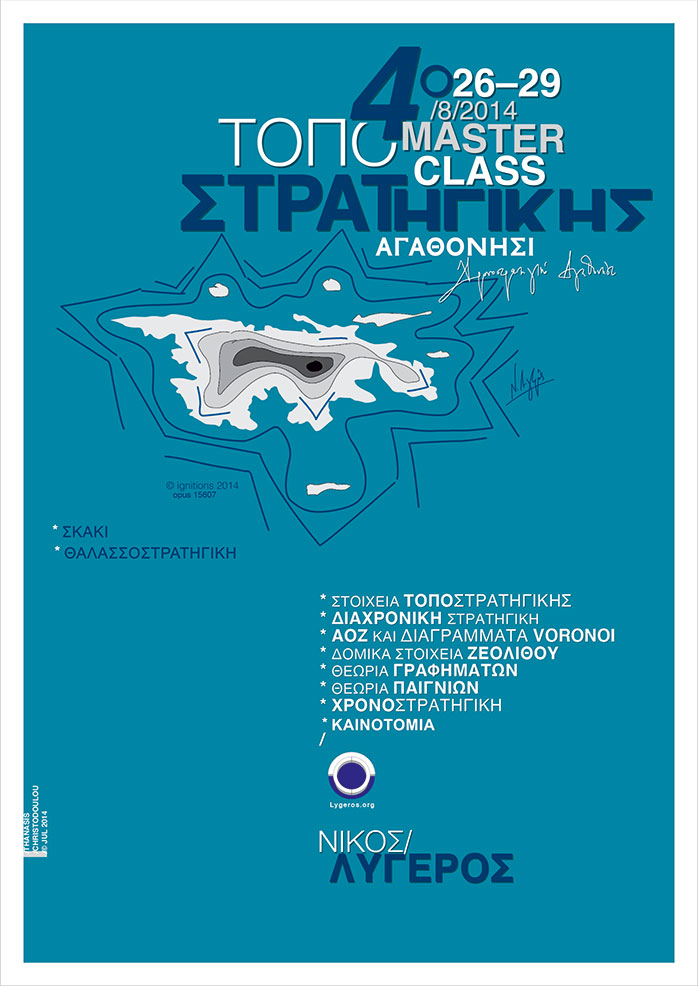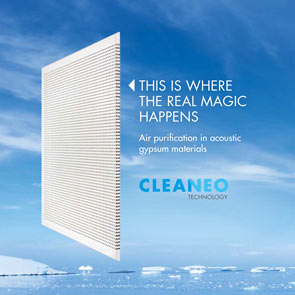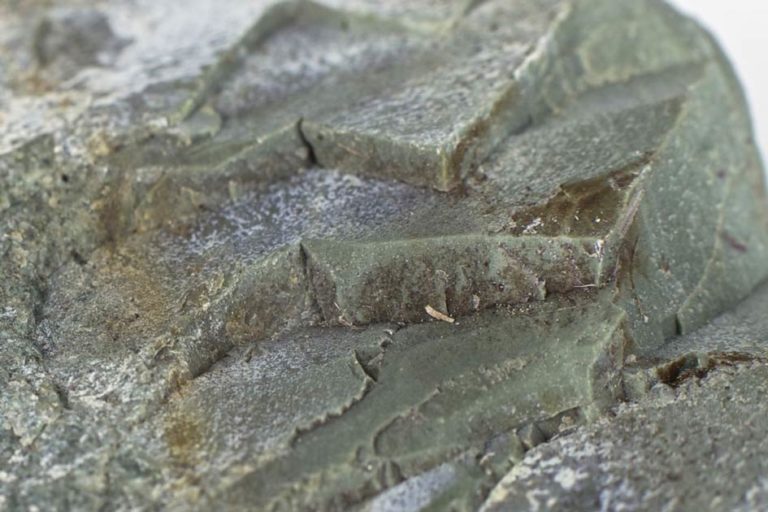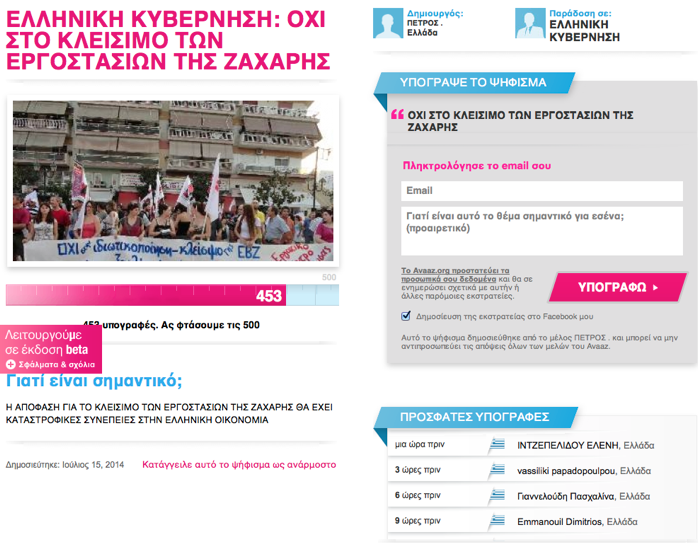Vandana Swarnkar (1) & Radha Tomar (2)
(1) School of Studies in Chemistry Jiwaji University, GWALIOR – 474011 (M.P.) INDIA
(2) School of Studies in Chemistry Jiwaji University, GWALIOR – 474011 (M.P.) INDIA
ABSTRACT:
The use of surfactant-modified zeolites as sorbents to remove multiple types of contaminants from water has attracted great attention recently. Sorption of cationic surfactants onto negatively charged zeolite and clay mineral surfaces is controlled by cation exchange and hydrophobic interactions. When surfactant loading is less than the cation exchange capacity (CEC) of the substrate, the retention of surfactant is via cation exchange. Once the surfactant loading exceeds the CEC of the substrate, further retention of surfactant is governed by hydrophobic interactions among surfactant tail groups, and the sorbed surfactant molecules form a bilayer on mineral surfaces, which is responsible for retention of anionic contaminants. To evaluate the feasibility of using surfactant modified clays and zeolites for environmental remediation, the desorption of sorbed surfactant from these mineral surfaces needs further study, particularly from column flow-through desorption tests. In this study, batch experiments were performed to evaluate desorption of hexadecyltrimethylammonium, a cationic surfactant, from zeolite mineral surfaces. The results indicate that the sorbed surfactant is subject to slow desorption (on the order of 0.0001–0.002 per pore volume), depending on initial surfactant loading, the type of mineral substrate, and the flow rate.
[pdf]http://zeolife.gr/wp-content/uploads/2015/09/109-170-1-SM-1.pdf[/pdf]
source: edupediapublications.org



